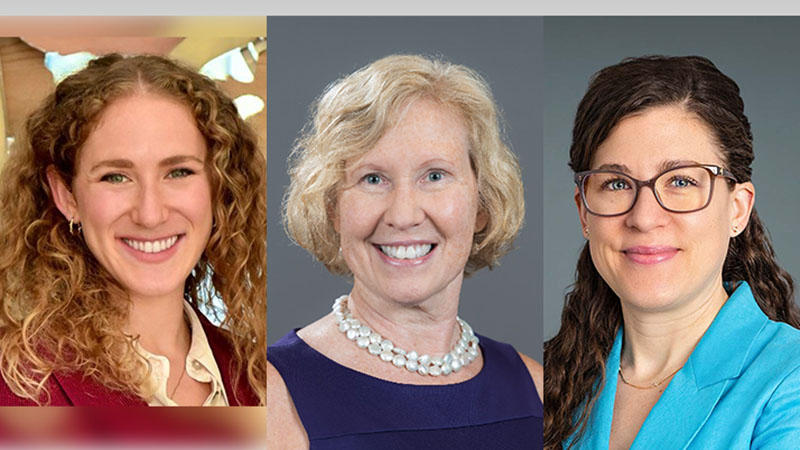
With 10,000 Baby Boomers turning 65 every day, the fastest growing jobs in the country are also some of the most critical to ensuring quality of care for older adults: the direct care workforce.
The Department of Labor says personal care aide and home health aide positions are the second and third fastest-growing occupations in the country. These occupations also provide between 70 and 80 percent of paid hands on care for older adults and individuals with disabilities. Of the 30 fastest growing occupations, they are also the two least paying (with an average annual median wage in 2012 of $19,900 and $20,800, respectively). Because of low wages, lack of benefits, and often-strenuous work, the vacancy and turnover rates for direct care work is high. It’s estimated that turnover rates amongst home care workers are between 44 and 65 percent. This occurs right at the time when we must be strengthening the workforce to care for older adults, nearly90 percent of whom want to age at home.
How can we meet the market demands for more care at home and ensure this critical workforce is respected and recognized for their contribution? TheEldercare Workforce Alliance, in a recently released brief, offers one proposal. While not a cure-all, the creation of an Advanced Direct Care Worker position – a rung in the career ladder above home health or personal care aides – may help to address the challenges we face in providing quality care to older adults across all settings.
Created in response to the 2008 Institute of Medicine report, Retooling for an Aging America, the Alliance, through the vision of our diverse 30 member organizations, seeks to find ways we can ensure all older adults – now and in the future – receive quality care from a well-trained and coordinated interdisciplinary care team. We believe that every person caring for older adults should be trained to understand the unique social, physical, and mental health needs of older adults. To do so, especially in light of the aging of America, we must ensure all health care providers are working at the top of their skill set.
Through roundtable discussions and an online survey, nurses, social workers, physicians, and family caregivers explored the potential role an Advanced Direct Care Worker could play in filling gaps in care and promoting efficient care delivery. After analyzing feedback from the multidisciplinary groups, the Alliance concluded that with the proper training, support, and supervision, an Advanced Direct Care Worker may be able to perform more advanced tasks, assist with navigating the health care system or identifying community resources, or be specifically trained to care for individuals with dementia or palliative care needs. Such roles may help to alleviate family caregiver stress and promote full utilization of other team members’ skills.
As an example in the brief notes: Family caregivers may need to rush home from work at lunchtime to administer medication or a tube feeding that direct care workers are prohibited from administering. Hiring a nurse to perform these procedures, typically performed several times a day, is neither feasible nor efficient. Therefore, allowing nurses to train and delegate these tasks to an Advanced Direct Care Worker could ease the burden on family caregivers.
This brief is just a first step. Many state scope of practice laws will affect what role Advanced Direct Care Workers will be able to play. But testing out these roles will be essential to recruiting and retaining a workforce that will become more and more important as the population of older adults increases to 20 percent of the population by 2030, the most older adults our nation has ever seen. In addition to supporting the existing direct care workforce, we must also make sure all people providing care to older adults are competent in geriatrics or gerontology.
As we look at ways in which we can improve quality of care, let us consider this opportunity to both meet the needs of our nation’s seniors and value the role of direct care workers.
By: Nancy Lundebjerg and Michèle Saunders DMD, MS, MPH



